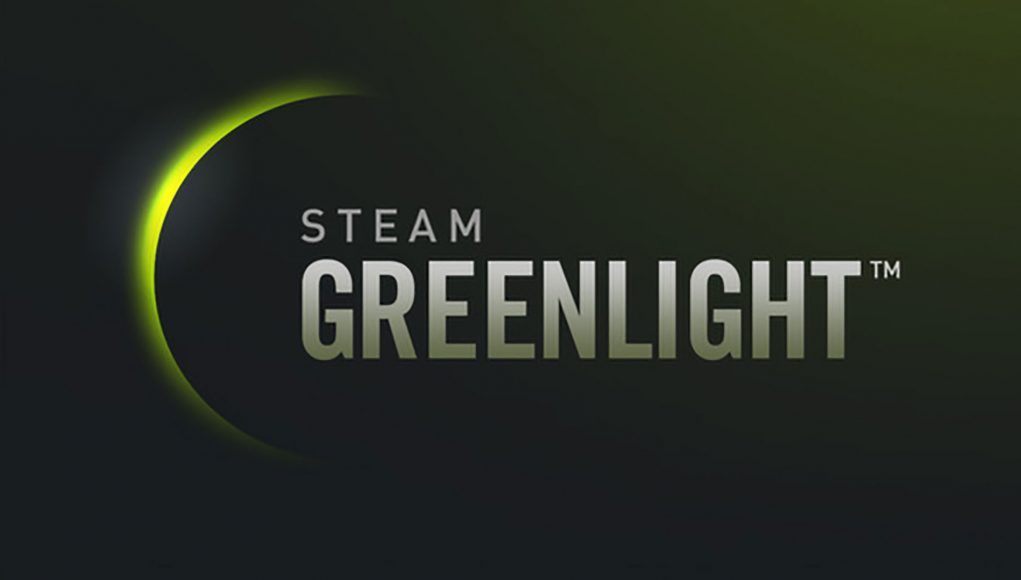Steam Direct, a new sign-up system for launching games on the store, is due to replace Greenlight in Spring 2017. Currently, any developer or publisher new to Steam is required to submit their game for approval through Greenlight, which involves a small fee and community voting; the new system may have different implications for VR developers.
In an announcement on the Steam Blog, Valve UI designer Alden Kroll explained that Greenlight, the current submission system for developers and publishers new to Steam, will be phased out in the spring, replaced by ‘Steam Direct’. This new sign-up system removes community voting entirely, simplifying the process to a recoupable application fee for each new title. This figure has yet to be decided, but it could be significantly higher than the current $100 Greenlight fee. “We talked to several developers and studios about an appropriate fee, and they gave us a range of responses from as low as $100 to as high as $5,000. There are pros and cons at either end of the spectrum, so we’d like to gather more feedback before settling on a number.”
This is already causing much debate among the indie developer community. Too high and you risk shutting out the small developers; too low and you open the floodgates to shovelware. But Greenlight itself has always been controversial, far from a perfect system. Talking to PC Gamer, Kroll said that Greenlight “inherently has a bunch of unpredictability in it,” making it difficult for developers to plan ahead due to the variable time frame for a title becoming ‘greenlit’.
In the case of VR titles, the process has been different, as Valve allow promising VR developers to bypass the Greenlight system by contacting them directly, accelerating the approval and encouraging the growth of the medium. Whether the move to Steam Direct will change their policy for VR submissions remains to be seen, but the end of Greenlight should ultimately result in a greater influx of VR content.







